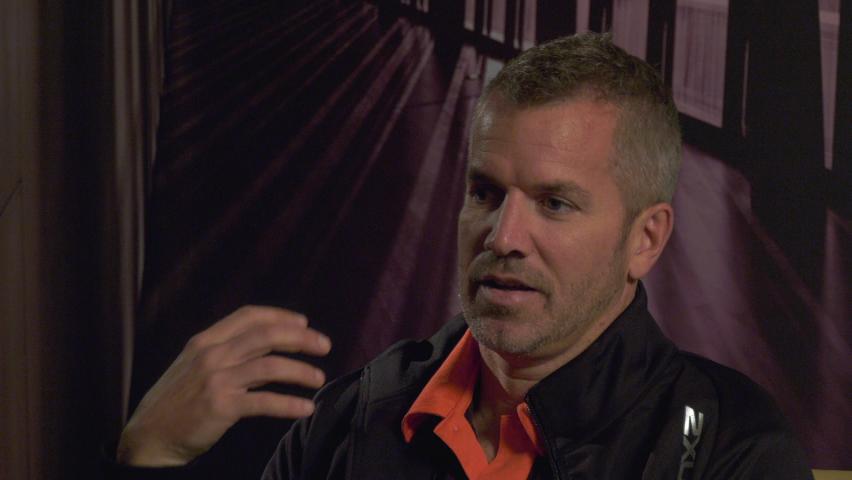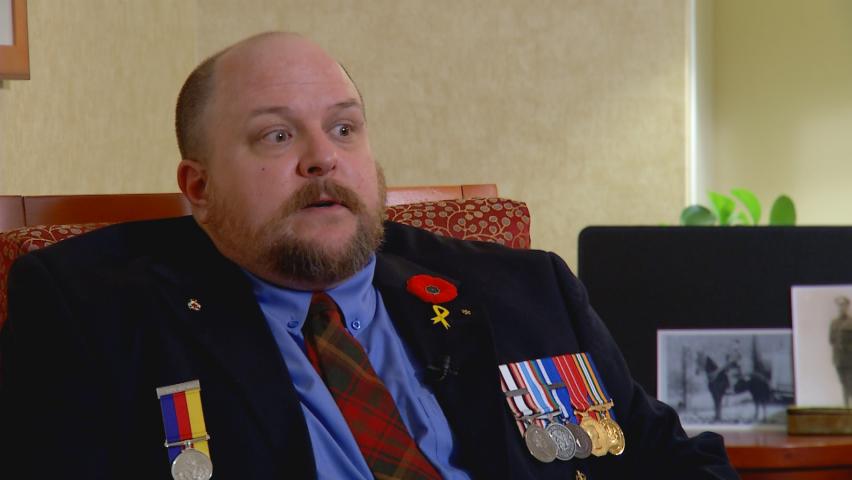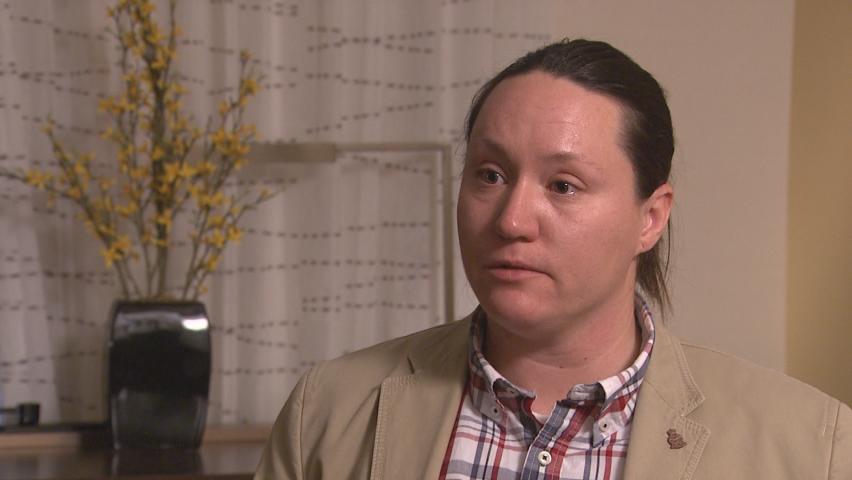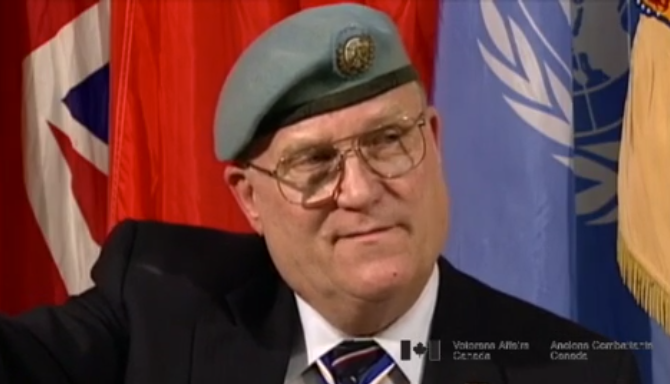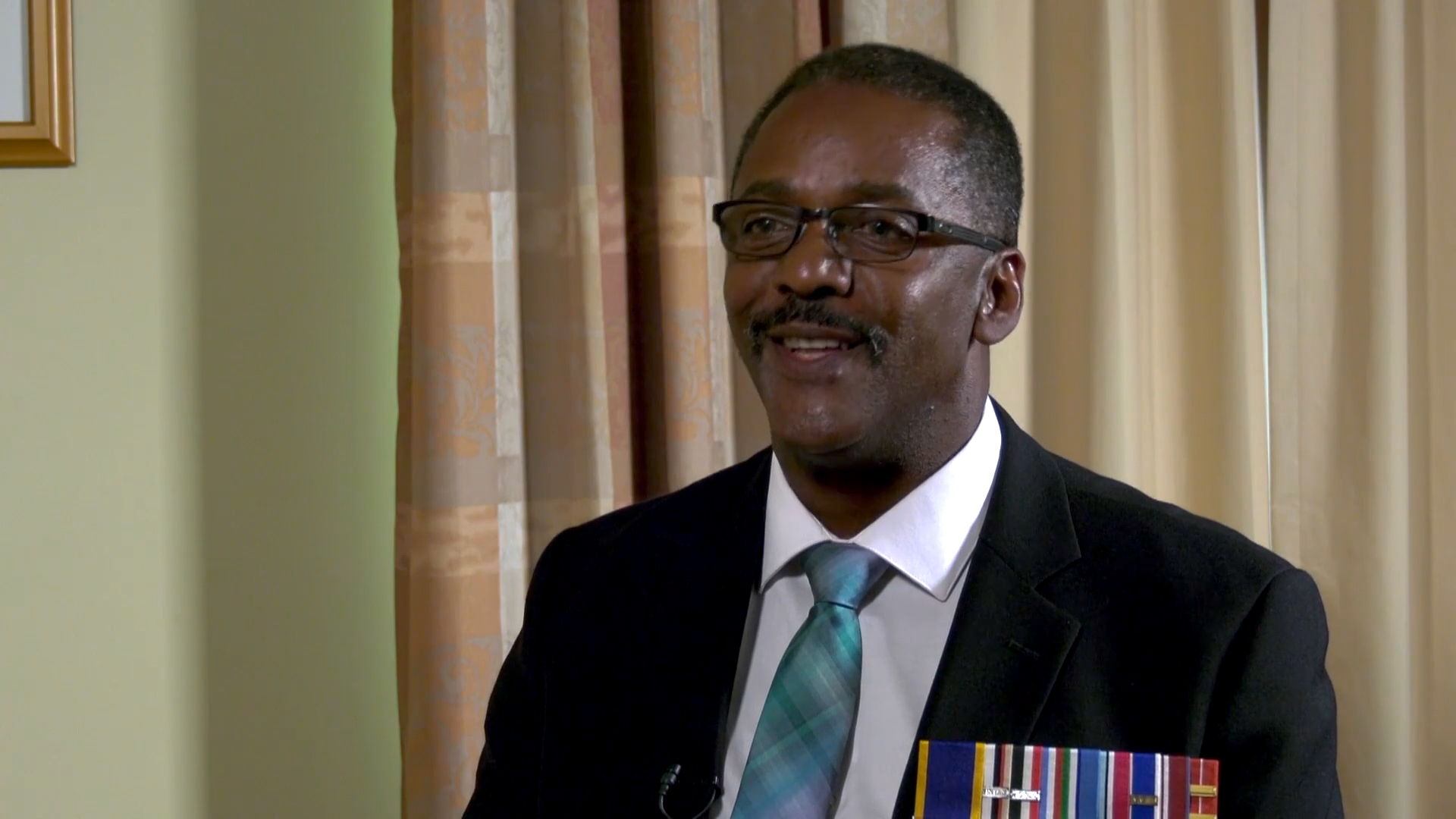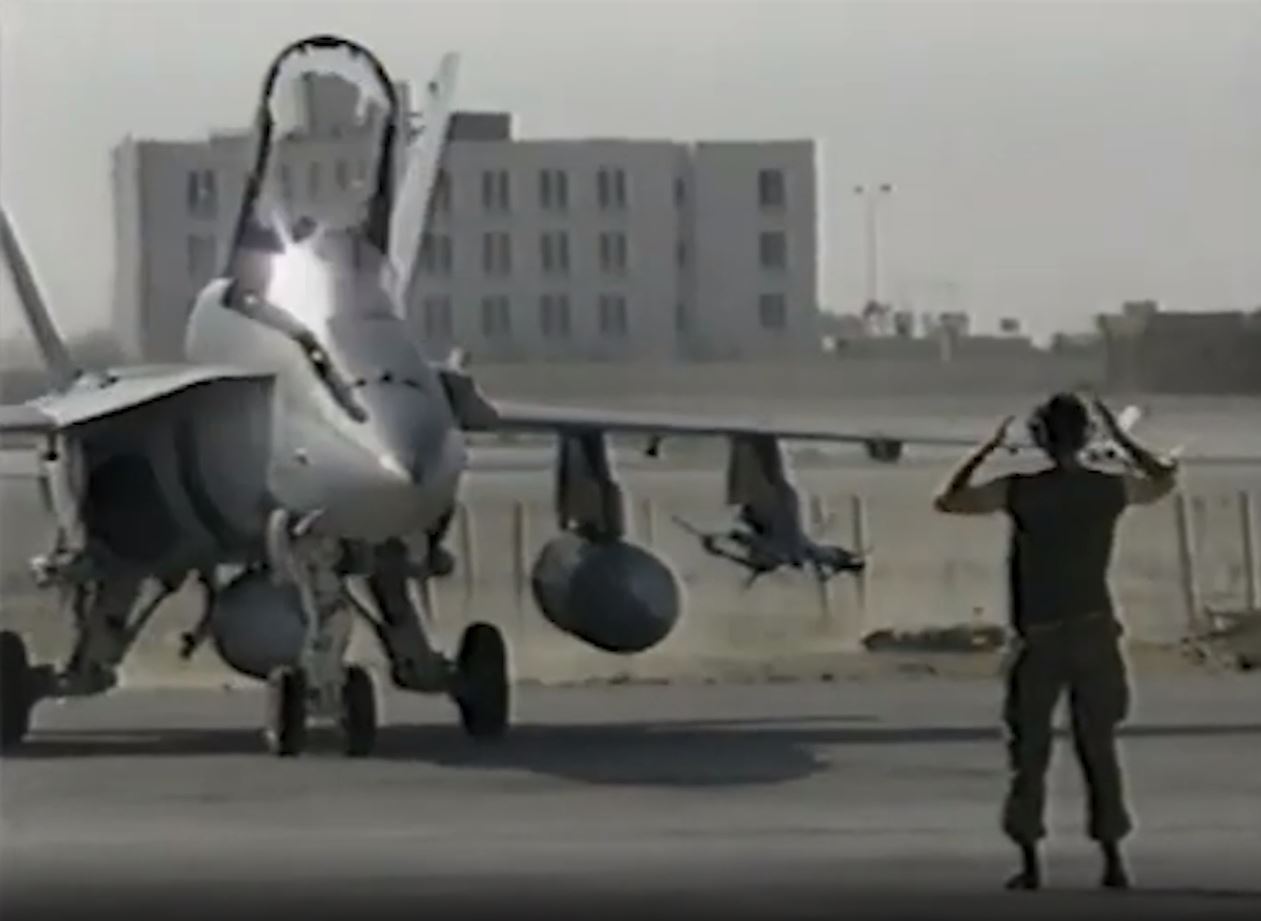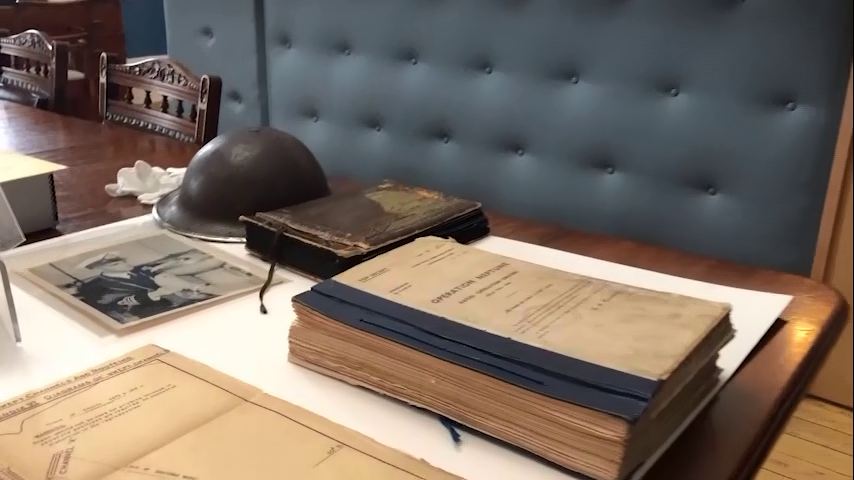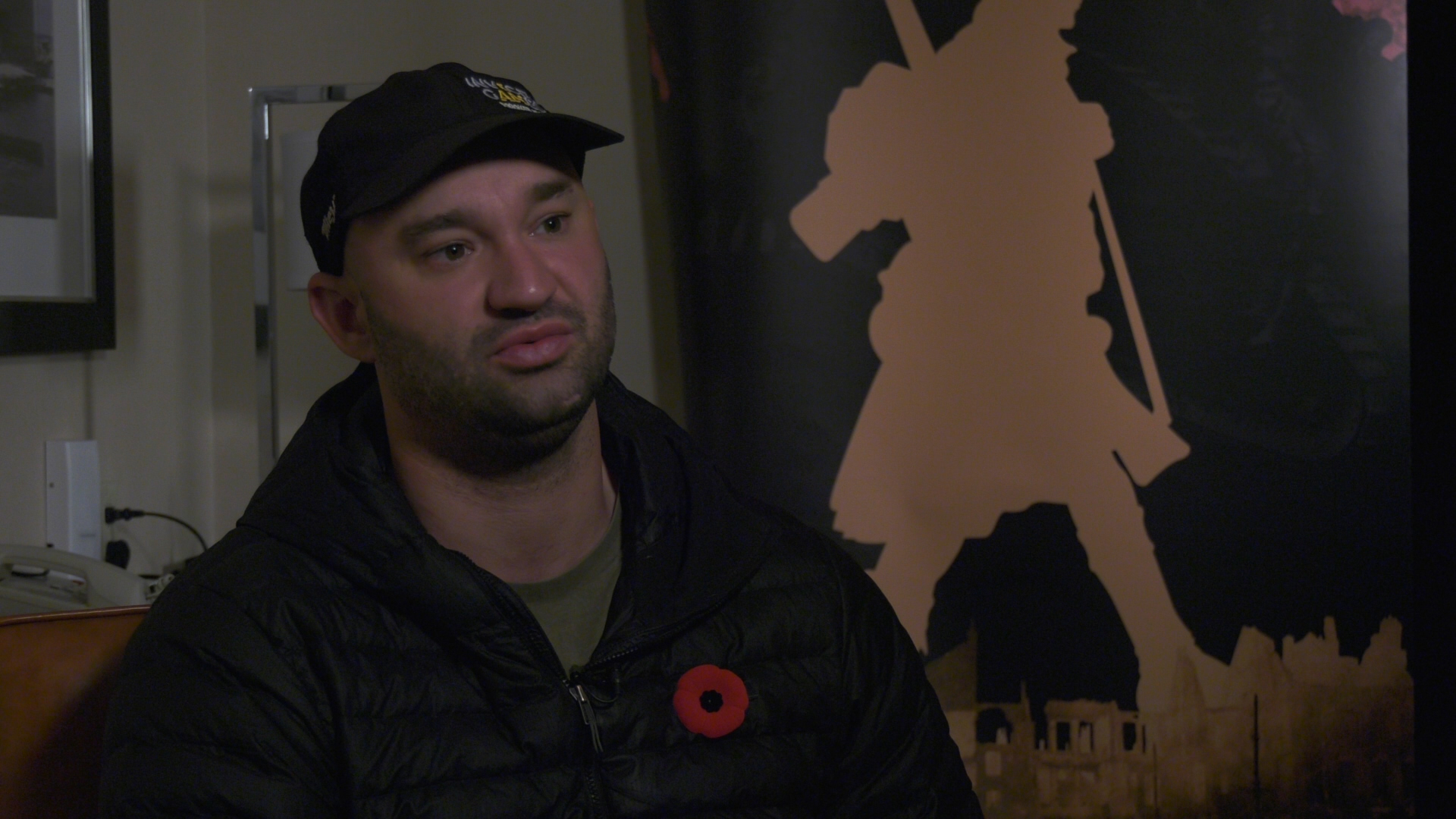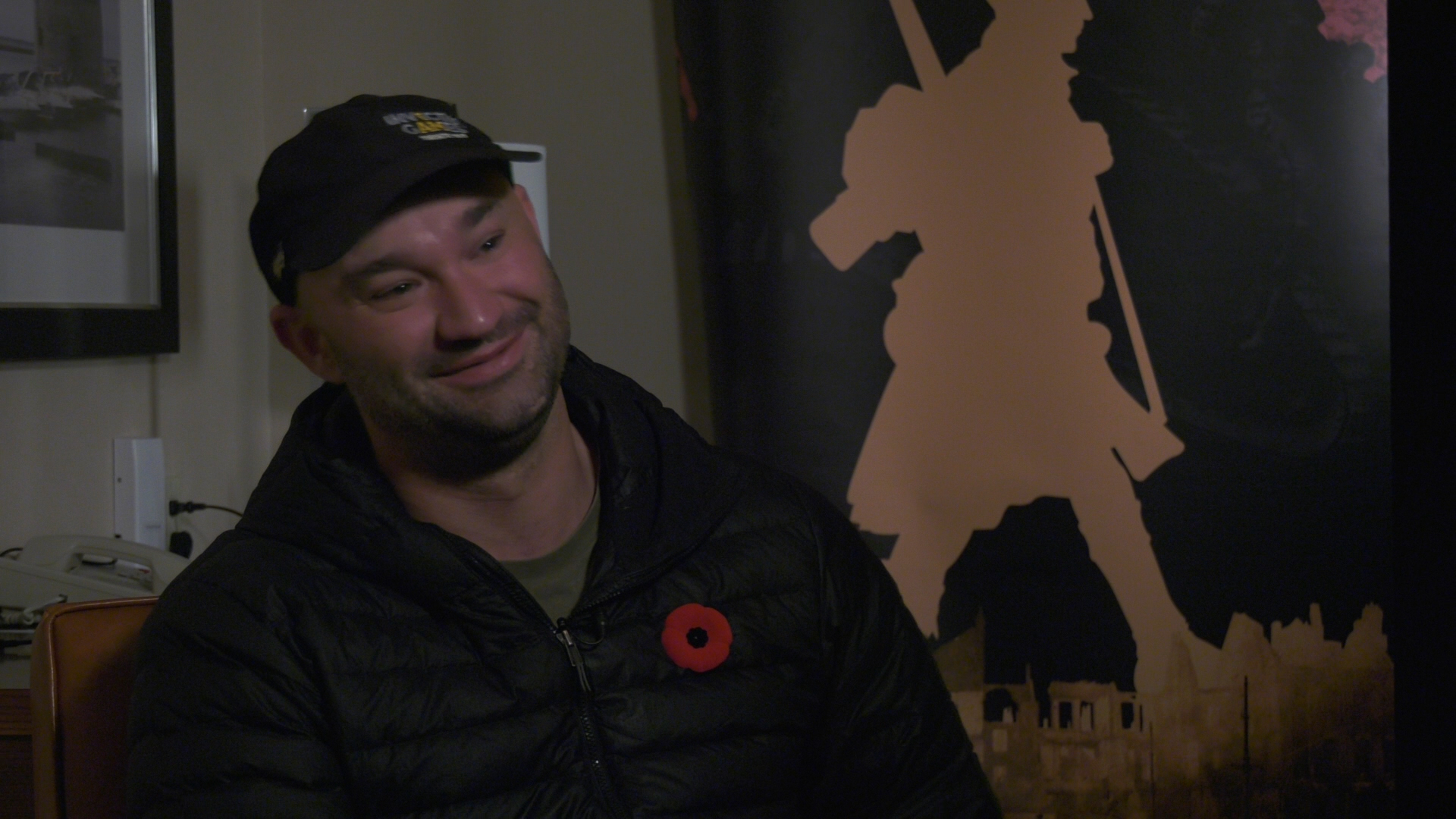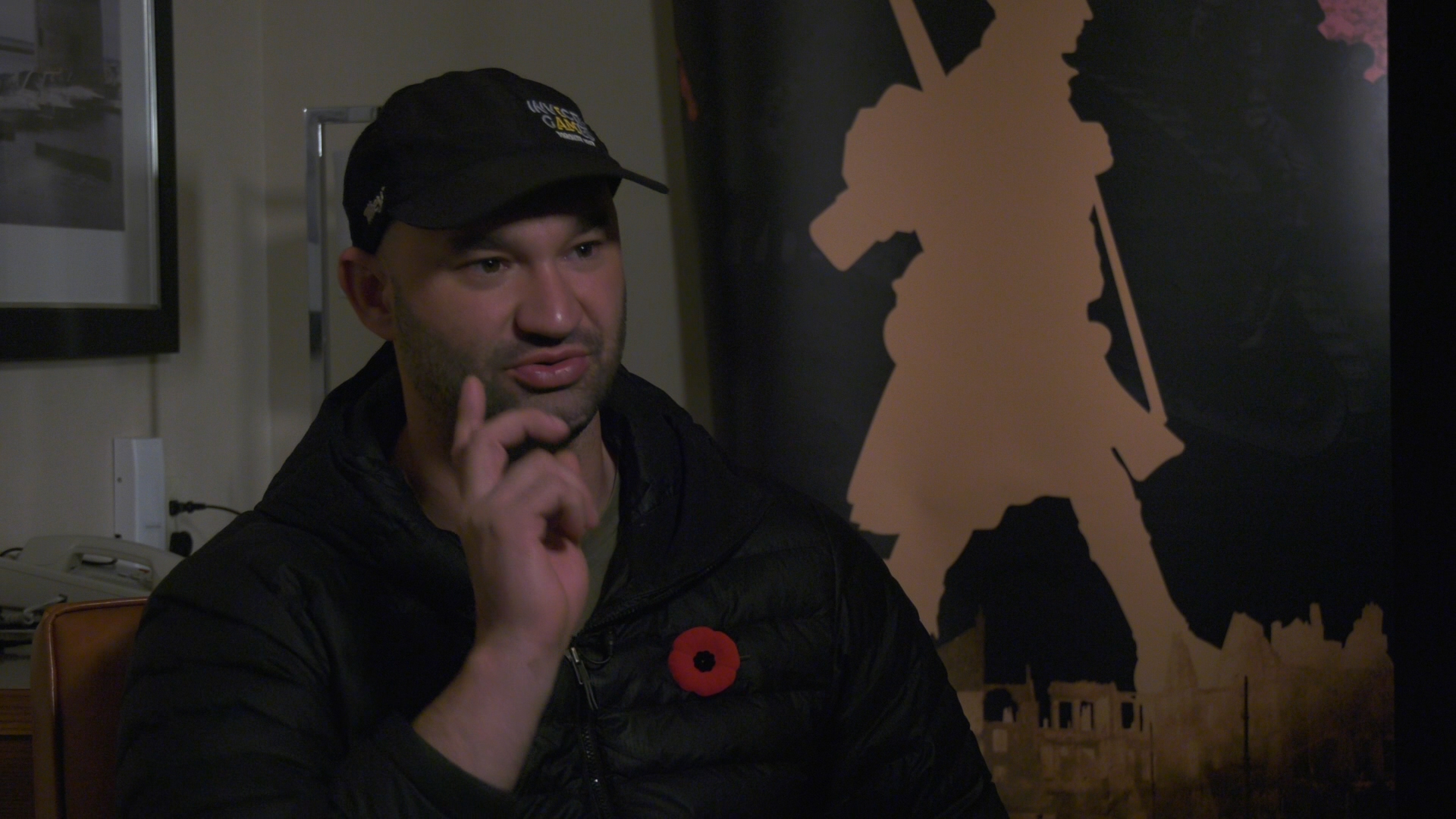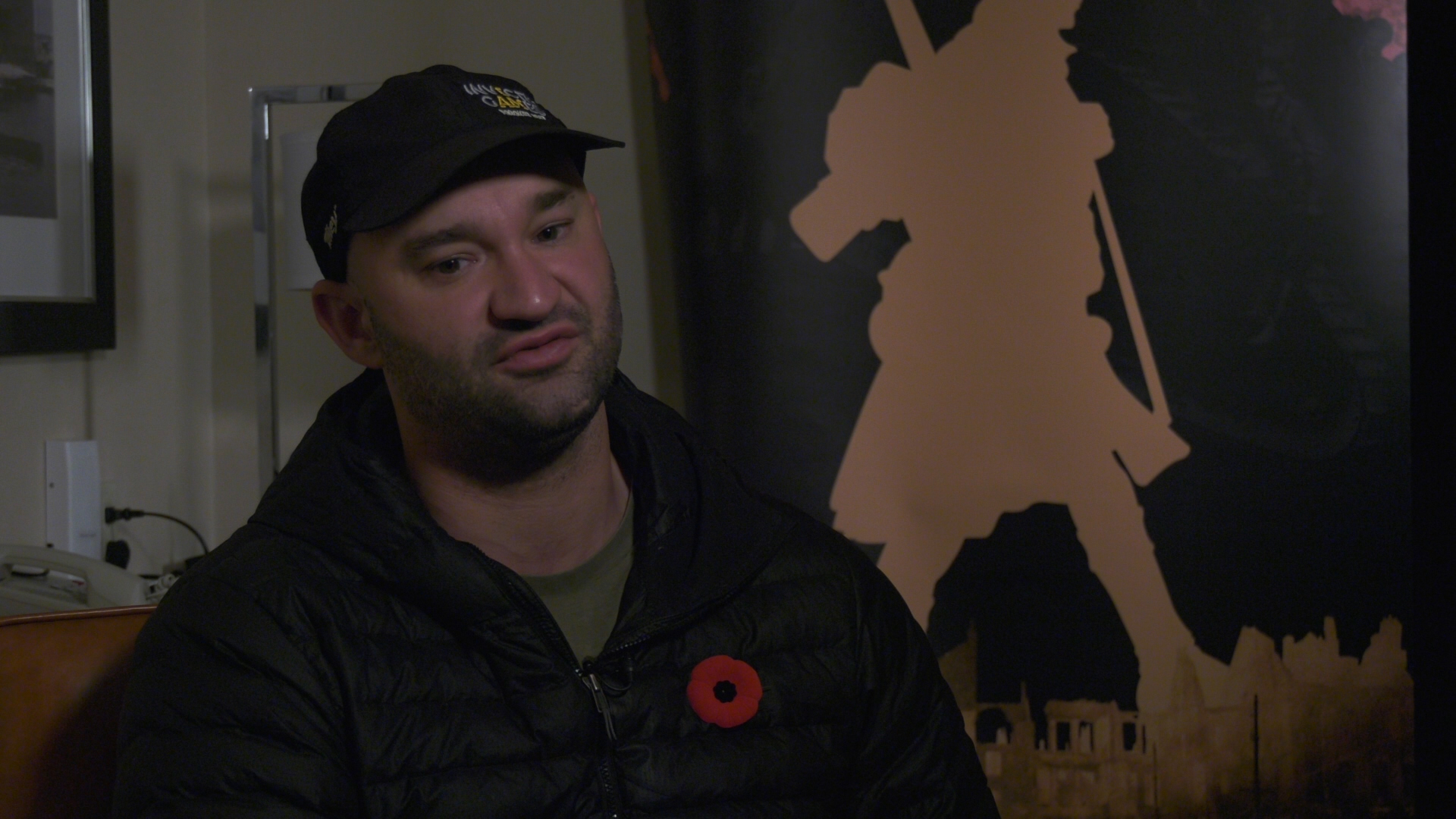Rules of Engagement
Heroes Remember
Rules of Engagement
Transcript
(If your) life is threatened,
you can take action to defend your life
or the life of your buddies, right.
It's gotta be a pretty clear threat.
can't be just we took a couple shots so we returned fire.
It's..., it's gotta be more overt, more,
more like the bullet holes gotta be in the window of the OP
that you're sitting in or something, right.
It's gotta be more direct.
That's where the discipline comes in.
I had, the incident I mentioned earlier,
I had an OP where we were constantly taking fire from a hill
and you know, I was praising the soldiers
for their discipline of not returning fire,
but on the same score I was wanting to tear into them.
You know what , we've had enough
we should just open up on these guys, you know,
but you can't do that right.
So that's when I went up to the police chief
and questioned him and said
"Right, if we take any more fire,
this is what we're going to do"
and obviously he believed me.
So, it stopped, right.
I think he was just trying to see a reaction, right.
Description
Mr. Adair talks about what ‘Rules of Engagement’ means and what is means in the field. He gives an example of how they took on fire and the soldiers did not return fire because of the Rules of Engagement.
Jesse Adair
Jesse Adair was born in 1959 and grew up in the United States and throughout Ontario. He joined the forces in 1977 because he wanted to be a soldier and that is all he ever wanted to be. He stayed in the services for 22 years serving as a peacekeeper in Yugoslavia and Cyprus. He said the main reason he stayed in the service is that you never do the same thing twice.
Meta Data
- Medium:
- Video
- Owner:
- Veterans Affairs Canada
- Duration:
- 01:19
- Person Interviewed:
- Jesse Adair
- War, Conflict or Mission:
- Canadian Armed Forces
- Location/Theatre:
- Yugoslavia
- Branch:
- Army
- Units/Ship:
- PPCLI, 2nd. Commando Airborne
- Rank:
- Warrant Officer
- Occupation:
- Infantry
Related Videos
- Date modified:



